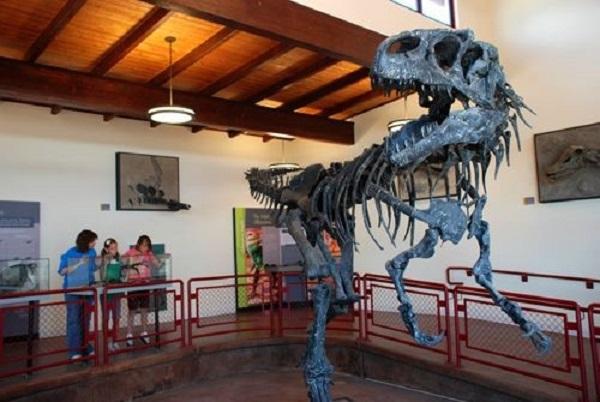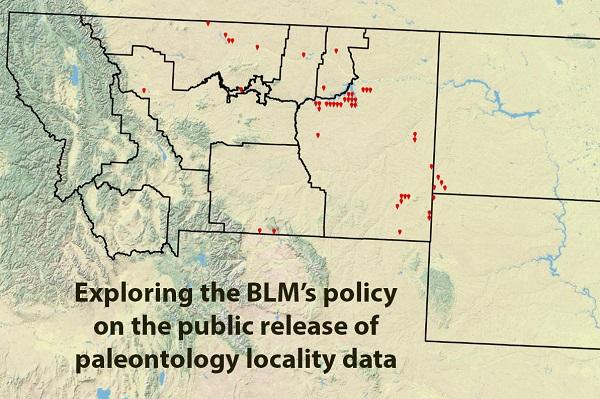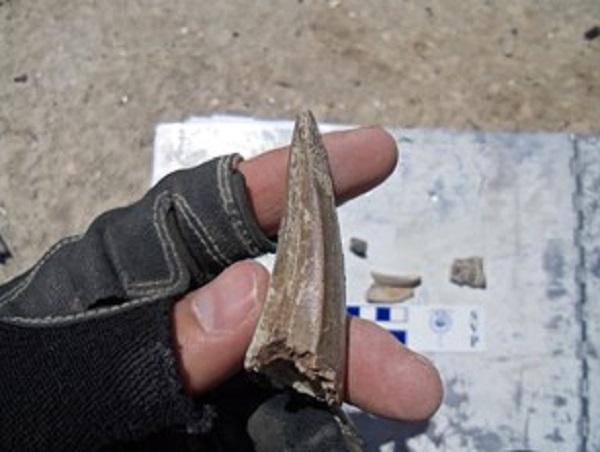Related Stories
- BLM enhances trail access in Billings area for outdoor users
- Community in action at Four Dances Recreation Area
- Protecting Lands and Communities: Shaila Pomaikai Catan
- Strong turnout and new beginnings: 26 wild horses placed at Montana adoption event
- Celebrating the power of public lands through tourism and community impact
Office
5001 Southgate Drive
Billings, MT 59101
United States
Phone:
Email:



